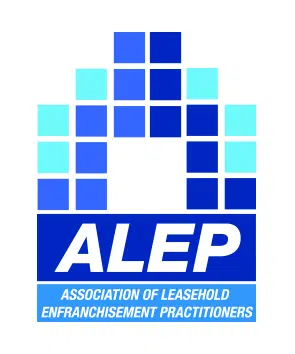Trainee construction solicitor, Chrissie Parkes, discusses Liquidated and Ascertained Damages, or LADs, in the construction industry.
When deciding a dispute regarding a breach of contract, the courts will ordinarily award the innocent party with ‘general damages’ with the view of putting the innocent party back to the position they would have been in had the breach not occurred. Determining the value of general damages to award can be a complex, timely and expensive exercise which can see parties expending disproportionate amounts arguing over the sum to be awarded and the innocent party recovering significantly less than expected as a result.
In an attempt to side-step this quandary, construction contracts often contain clauses setting out a pre-determined level of damages to which the Employer is entitled to in the event of a breach by the Contractor; these are known as Liquidated and Ascertained Damages or LADs. LADs are not designed to be punitive but are instead intended to allow an Employer to recover monies when the Contractor is in breach of a specified event (as defined in the contract). Although LAD clauses can be applied to many specified events of default, they are most commonly applied to compensate the Employer for a failure by the Contractor to complete the works within a time period specified in the contract.
A LAD clause for delay will generally stipulate that, should the Contractor fail to complete the works by a specified date, the Employer is entitled to LADs at a fixed daily or weekly rate until the works are completed. There are certain requirements that a LAD clause must meet to be enforceable against the party in breach; after all, a LAD clause is of little use if it cannot be enforced! A LAD clause must:
Furthermore, for a LAD clause to be enforceable, the requirement to pay under the clause must be a secondary obligation. The contractual obligation that has been breached is referred to as the primary obligation (e.g. failure to complete the works by the date specified in the contract) and the requirement to pay LADs is referred to as the secondary obligation because it is only triggered by a breach of the primary obligation. Put simply, a LAD clause must not be a stand-alone clause (or primary obligation) but a secondary obligation, otherwise it is likely to be unenforceable.
LADs for delay must be proportionate to the legitimate interest of the innocent party in enforcing the obligation to complete the contract works on time (if the sum payable represents a genuine pre-estimate of loss that the Employer will incur if the project overruns, it is likely to meet that test). If the LAD clause does not represent a genuine pre-estimate of loss and is designed to disproportionately punish the breaching party (as opposed to compensate the innocent party), then the LAD clause is a penalty and will not be enforceable. When deciding whether a clause is a penalty clause, the courts will assess:
In other words, is the LAD clause there to protect the Employer’s interests, is this interest legitimate and is this a proportionate way of doing so? If the answers to these questions are no, then the clause is likely to be a penalty clause and therefore unenforceable.
It goes without saying that knowing what you will be expected to receive (as the Employer) or pay in damages (as the Contractor) should a breach occur, provides a level of certainty that is beneficial for both parties. If as the Contractor, you find yourself in the unenviable position of facing a claim by the Employer, there is a certain comfort provided by a LAD clause in that your liability will be limited - every cloud has a silver lining after all! Contrastingly to general damages, this saves time and expense for both parties because it:
After all, if the Contractor knows that there are specific financial consequences to delaying a project, it is more likely to be motivated to avoid the risk of paying LADs. With general damages, ignorance may be bliss and in the absence of specified risk, one may not be as motivated to avoid the unquantified and notional financial consequences of general damages.
As the courts are keen to enforce Liquidated and Ascertained Damage clauses, making sure you get the quantum right is key for both parties.
For the Employer, this means ensuring that you do not under or overestimate your loss; the former will see you short of cash and the latter may render the LAD unenforceable - remember, it must not be a penalty clause!
For the Contractor, this means making sure you know your obligations under the contract and following them to the letter, so you are not stuck with having to pay LADs. The key is to understand your obligations under the contract before the works begin so that you can negotiate amendments if the terms are undesirable, and assuming you have the bargaining power to do so, and are at the very least able to go in with your eyes open. Reviewing contractual terms on behalf of our clients is something the Construction Team at Holmes & Hills are regularly tasked to do. After all, to be forewarned is to be forearmed so, if in doubt, get in touch!
Call 01206593933 and speak to a specialist Construction Law Solicitor. Or complete the form below.






A Mackman Group collaboration - market research by Mackman Research | website design by Mackman